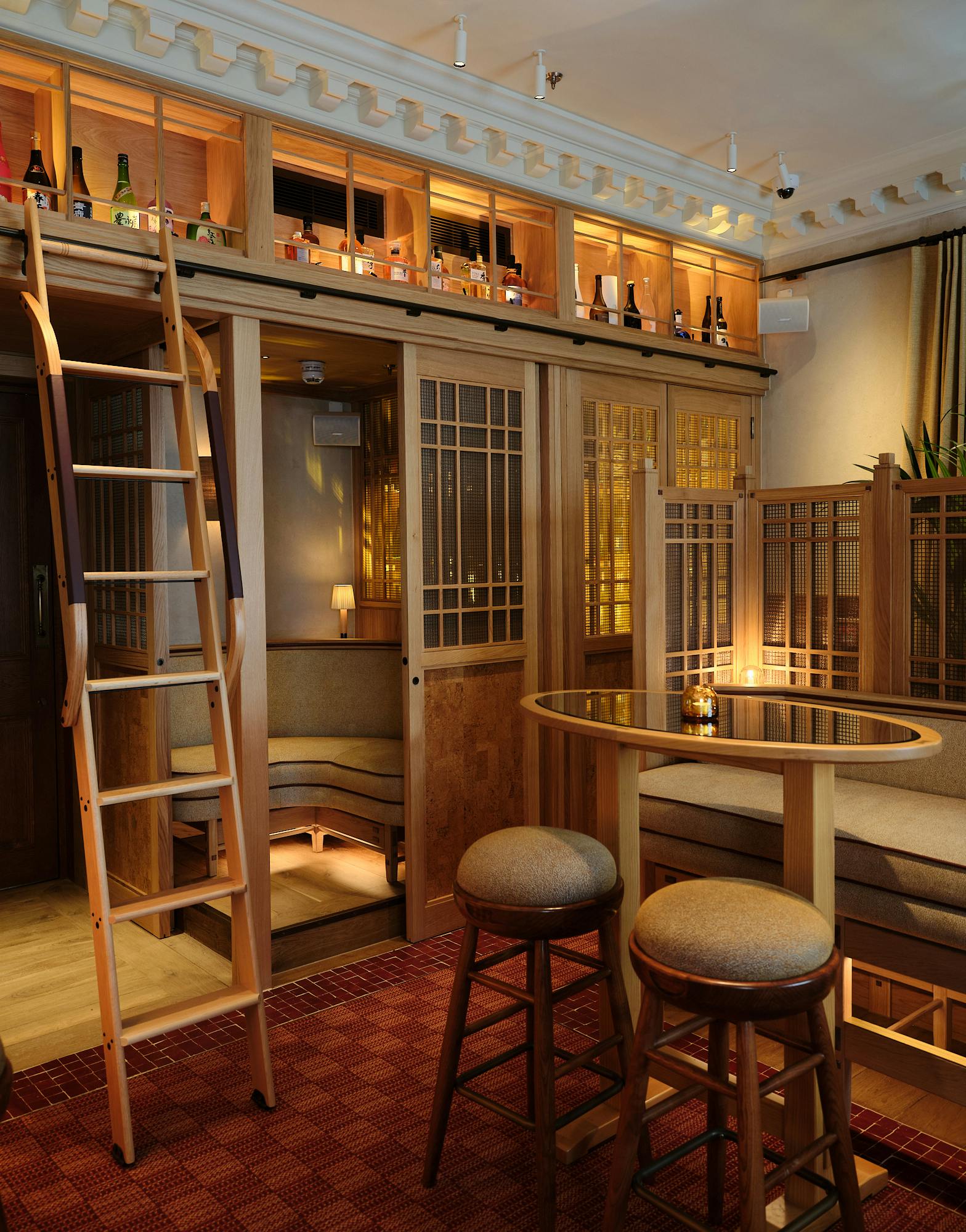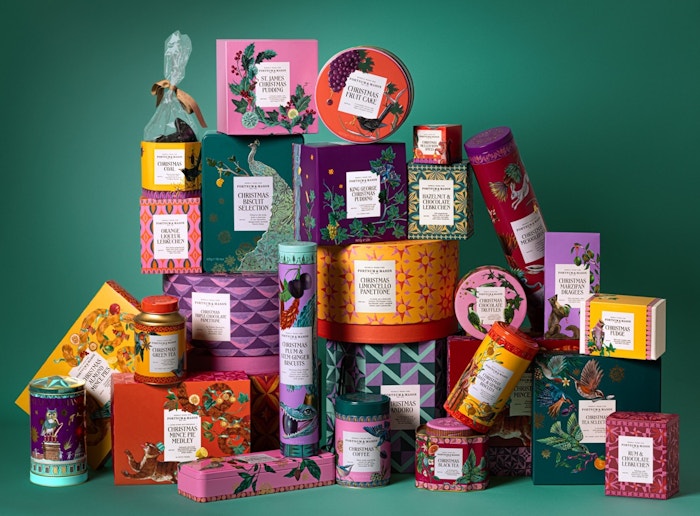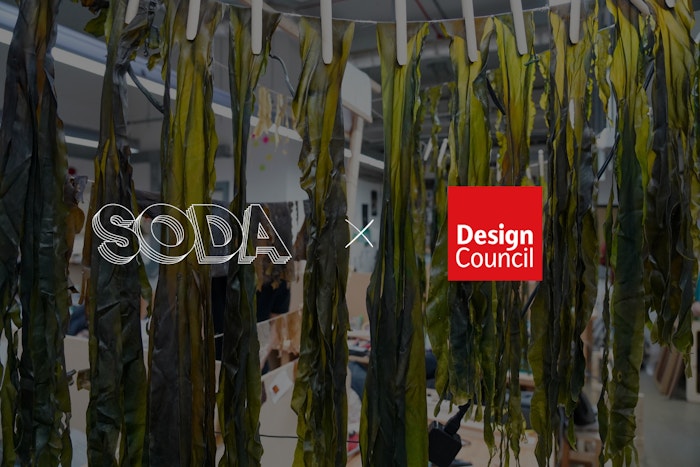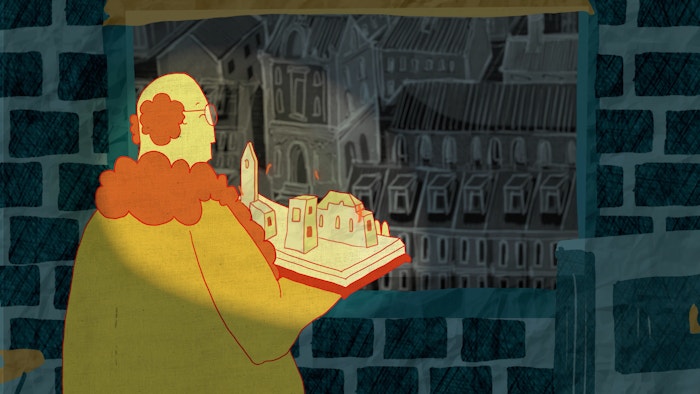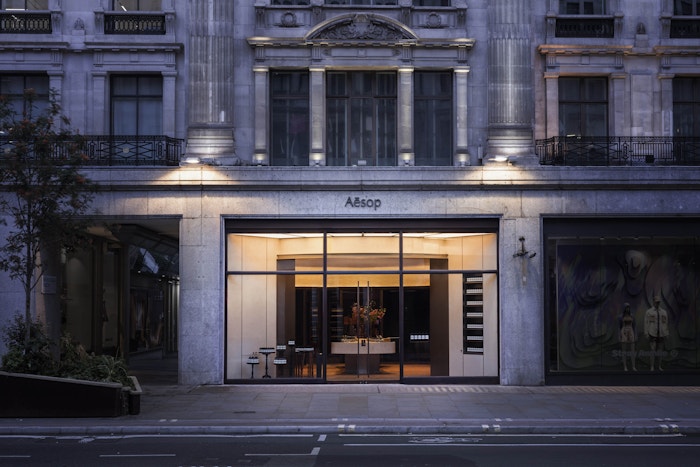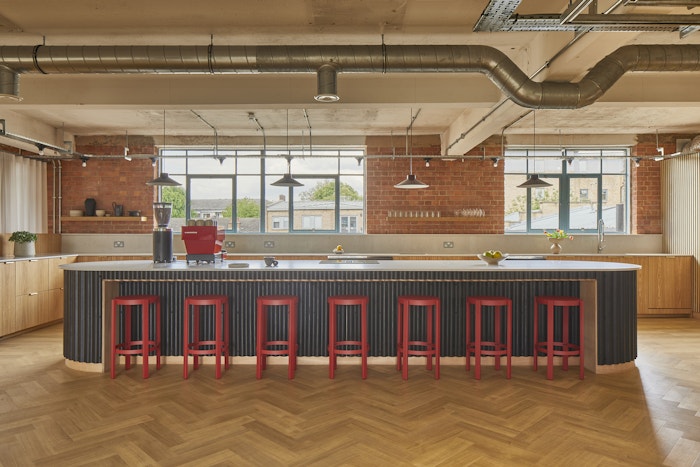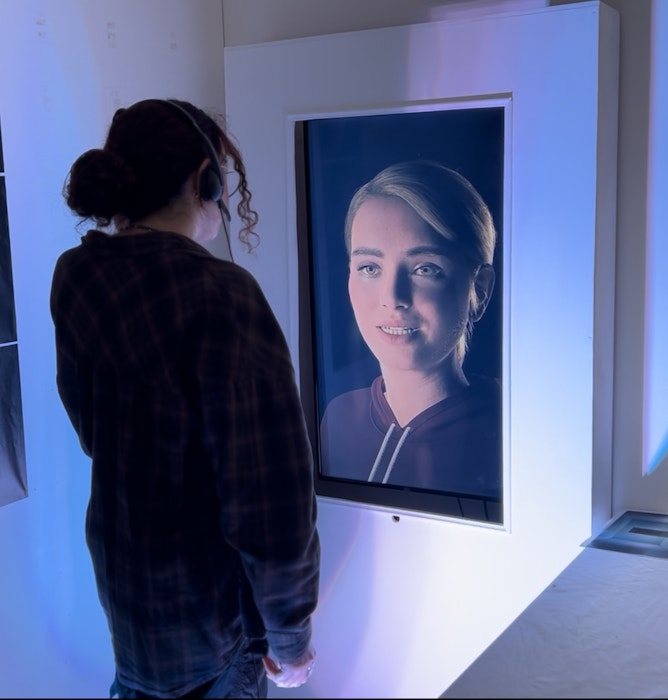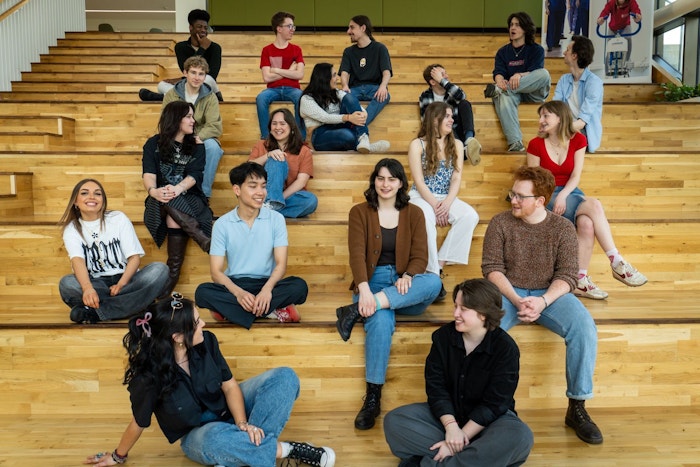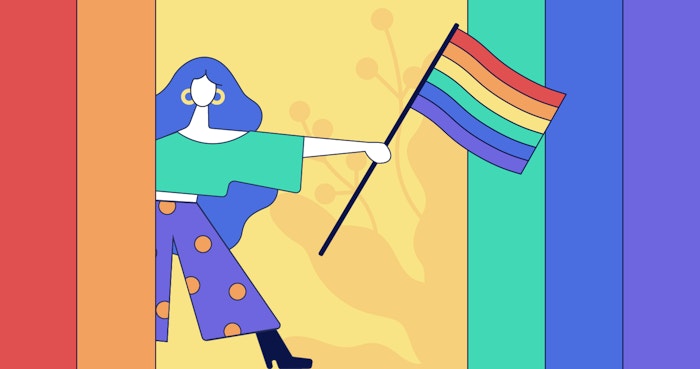
29 Nov 2017
The Enduring Allure Of Indigo
As well as being a writer, artist, lecturer and traveller, Jenny Balfour Paul is a leading expert in ancient and traditional natural dyeing techniques, in particular indigo dyeing. Here she shares what makes the power and draw of natural indigo so enduring, as well as what creatives from all fields can learn from its rich and magical history.
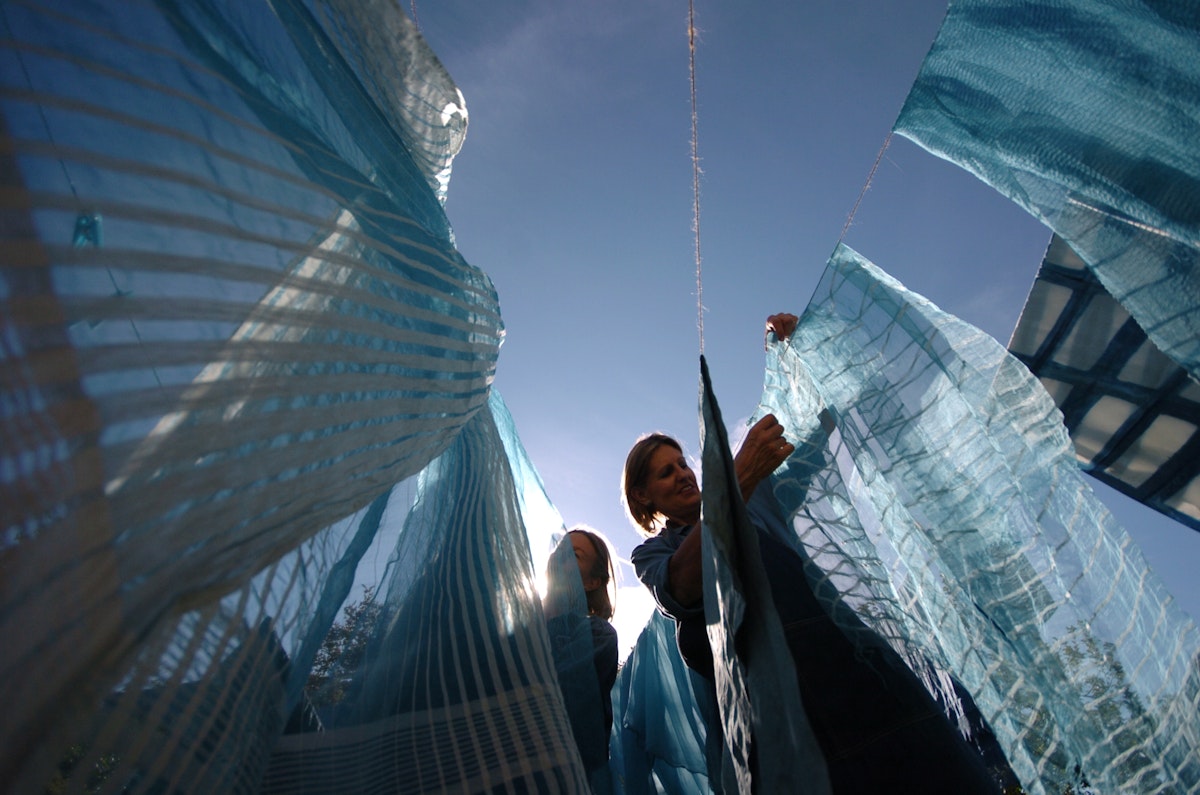
My journey to natural indigo dyeing began when I travelled overland to India along the 'hippy trail’ and my eyes were opened to the craft, colours and patterns of other cultures. I was especially struck by Indian hand-loom textiles, their textures and hues, and after graduating I went to work in the Middle East where I was also entranced by the textiles I found there and seeing how they were made. While living in Jordan I began to wear and collect local costumes, especially from Syria and Palestine. The colours of those that were dyed with natural dyes, notably indigo, pomegranate and madder, struck me in particular. I learnt weaving and batik and began to experiment with dyes and patterning.
Back in UK I joined the Devon Guild of Craftsmen, taught dyeing and printing and began to work with Susan Bosence, a well known block-printer and dyer who introduced me to the unique qualities of indigo. She encouraged me to record the ancient industry of indigo dyeing in Yemen before it vanished.
'There really is no substitute for the engagement of hand and eye and touch that has been the basis of craft and design for millennia. To lose touch with them is to lose touch with humanity'
When I first started recording these techniques for my first book Indigo in the Arab World, no one then could have foreseen how quickly the world was changing, how much concern there would be about environmental issues by the turn of this century, and the terrible wars that are now ravaging many Arab countries I lived and studied in. It’s striking that in a single generation amazing knowledge can be lost that has been learnt empirically and passed down the generations over centuries. That’s why preserving these techniques felt so important. We have no idea what role this type of knowledge will play in the future or how it might be needed.
A good example can be found in the wonderful Economic Botany Collection at Kew that illustrates the extent of human use of plants around the world from objects and artefacts made from plants to the use of raw plant materials in food, medicine, social activities and textiles. Over the last few years the curators have found that the collection is being consulted more and more as people working with organic materials wish to learn from the past and look again at the riches on offer in nature.

When it comes to natural dyes, no synthetic dye can replicate their subtle beauty. If you work with natural dyes the colours nearly always play against each other with a special harmony. Indigo, with its unique chemistry, creates an inimitable range of blues, and has the attribute of never losing its lovely blueness, even when it fades. It has a mystique that makes it magical to work with and it combines exceptionally well with many design techniques such as batik, ikat and 'shibhori'. Traditional indigo dyeing techniques have much to teach designers and creatives working in other fields, such as a completely different way of approaching colour and design. To use indigo, as well as the other natural dyes, is to gain an understanding of a rich history of trade, agriculture, chemistry, global taste in fashion and textiles, as well as to understand the magical science behind the actual meaning of colour. Without such understanding and appreciation mistakes are often made.
The continuing allure of blue denim and jeans is a perfect example of a product that is underpinned by its rich past and the knowledge of craftsmen since Antiquity. The terms 'blue collar worker', 'royal blue', 'navy blue', 'blue stocking' and many others all refer to indigo blue and its fascinating history.
'To use indigo is to gain an understanding of a rich history of trade, agriculture, chemistry, global taste in fashion and textiles, and to understand the magical science behind the actual meaning of colour'
The use of ancient techniques does not exclude new technology and much digital design takes its inspiration from traditional design and colour combinations. A controversial example was a jacket in last years' exhibition 'The Fabric of India' at the V&A. A fashion designer asked the traditional block-printers of Kutch to produce some 'ajrakh' cloth for him, which is cloth featuring indigo with red and black, the word 'ajrakh' being Arabic for 'blue'. He wanted the makers to incorporate a skull motif into the design that wasn’t a traditional symbol and the makers were uncomfortable with this. So the designer digitally printed and produced the 'ajrakh' he had in mind – the resulting cloth looked traditional but had a modern digital twist. This led to a lively discussion about whether or not this design could be called 'ajrakh' or not.

Another example is the denim being made by Colours of Nature at Auroville, where traditional sustainable indigo and cotton has been used to produce organic denim for a Levi range. There is enormous potential for combining tradition with modern techniques and applications – the possibilities are diverse and exciting.

That said, there really is no substitute for the engagement of hand and eye and touch that has been the basis of craft and design for millennia. To lose touch with practical craftsmanship is to lose touch with humanity and our rich history. I have worked with children in the USA and Asia who spend hours every day on machines, mobiles and laptops, yet their response to a day spent using their hands to create designs and dye with indigo has been that it is the best day of their school year. While experiencing the fun of dyeing they were unconsciously learning about botany, chemistry, history, design and the way colour works, and they were slowing down and connecting across time and space in a way that is unique. Lose this and humans become robots.
Jenny has written three fascinating books exploring the rich world of indigo and travel, including: Indigo in the Arab World (Routledge 1997), Indigo:Egyptian Mummies to Blue Jeans, (British Museum Publications, first edition 1998), and Deeper than Indigo (Medina Publishing 2015).
For a 30% discount and free p&p off Jenny’s latest book, Deeper than Indigo, please use the code DTI30 at https://medinapublishing.com/product/deeper-than-indigo
- Words by Jenny Balfour Paul
- Photography by Andy Green and Jenny Balfour Paul
